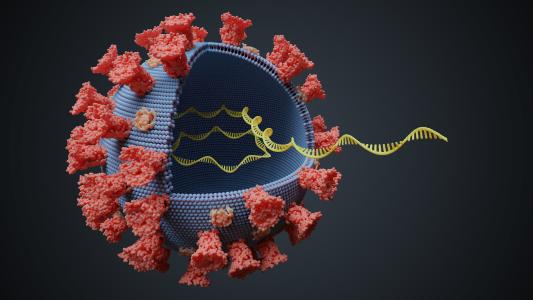Personal protective equipment (PPE), such as masks and gowns, plays a pivotal role in keeping medical staff safe while they treat COVID-19 patients — but supply shortages have forced some workers to use homemade PPE, which can be less reliable than the professional-grade stuff.
Now, a group has formed to ensure that this homebrewed coronavirus PPE is safe — and they need people to join their effort.
Designing Coronavirus PPE
The number of people who’ve stepped up to help address the shortage of coronavirus PPE has been nothing short of inspiring.
Across the globe, volunteers with sewing machines have constructed countless cloth masks and gowns for hospital staff. Meanwhile, those with 3D printers have been putting them to use manufacturing face shields.
So many people have reached out and said, ‘I want to help.’
Mike Dempsey
Mike Dempsey, director of the accelerator program at the Consortia for Improving Medicine with Innovation and Technology, was part of one such effort when it hit a snag.
It wasn’t until after he and his collaborators had already gone through the process of designing and creating the shields that they realized they had a problem: they had no way of assuring hospitals that their design was safe.
“So that was very frustrating,” Dempsey told IEEE Spectrum, “because we had this supply of emergency shields, and we had a solution, but we can’t get it into the hands of the caregivers.”
That frustration inspired Dempsey to form a new group: Collaborating to Address Shortages of Medical Supplies (CASMS).
Calling All Creators
Rather than designing or manufacturing new coronavirus PPE, CASMS’s focus is on finding ways to quickly test existing solutions.
To that end, the team looked at all the existing Minimum Viable Specifications (MVSs) for masks, face shields, and gowns.
It then distilled the information down to include only the specifications that matter for coronavirus PPE — a face shield doesn’t need to be able to hold up during welding to help keep a hospital worker safe, for example.
Now, anyone who designs a mask, face shield, or gown can submit their design to the CASMS website for review. If the team thinks it could meet the MVSs, they’ll approve it for testing.
If that goes well, the team will help get the coronavirus PPE into the hands of those who need it most: medical workers.
Testing the Designs
CASMS’s website now includes designs for eight face shields, six masks, and three gowns, along with all the details a tester would need to actually build the makeshift coronavirus PPE, including assembly instructions and a list of necessary tools and materials.
What it really needs now is more testers — ideally, ones with research labs or similar facilities — and once again, volunteers appear ready to meet that need.
“I will say that it has been a very positive experience because — since the word has gotten out that we’re doing this — so many people have reached out and said, ‘I want to help,'” Dempsey told IEEE Spectrum.
“When we say things like we really need more testers and not more people making new designs, everyone is willing to step up and do that,” he added.
